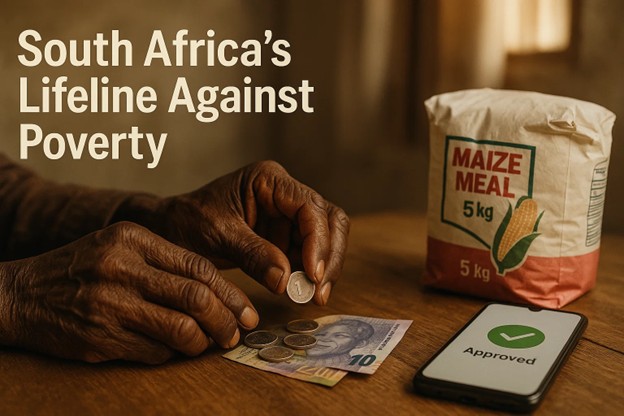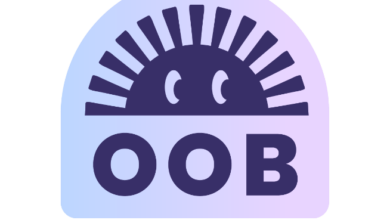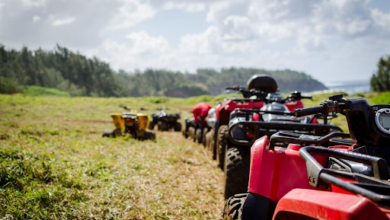The Global Fight Against Poverty: Inside South Africa’s Social Relief of Distress (SRD) Programme

I’ve spent a lot of time looking at how different countries tackle poverty. It’s a huge global problem, and there’s no single, easy answer. You see different strategies everywhere, from large-scale infrastructure projects to micro-loan initiatives. But one of the most direct approaches I’ve found is happening in South Africa, a nation with a complex history of inequality.
The country has a powerful tool in its arsenal called the Social Relief of Distress (SRD) grant. It’s a fascinating case study in direct cash transfers. This programme offers a glimpse into what happens when a government provides a safety net, however small, for its most vulnerable citizens. It’s a story of survival, bureaucracy, and hope.
What is the SRD Grant? A Lifeline for Millions
At its core, the SRD grant is a small, monthly payment. It was first introduced as a temporary measure during the immense disruption of the COVID-19 pandemic. The goal was to help people who had lost their income and had no other financial support. It has since been extended, highlighting a deep-seated need.
This grant is specifically for South African citizens, residents, and refugees between the ages of 18 and 60. The main condition is that you must be unemployed and not receiving any other form of government social support, like a child grant or unemployment insurance.
The amount is R350 per month. For you, here in the UK, that’s roughly £15. It might not sound like a lot of money, but for millions of people, it’s the only thing standing between them and complete destitution. The scale of this programme is massive; it currently supports around 8.5 million individuals every month.
The Real-World Impact on People’s Lives
I often think about what that £15 equivalent actually buys. It’s not about luxuries; it’s about basic survival. I’ve read countless stories of how people use this money. It often goes towards a bag of maize meal, some cooking oil, and perhaps a bit of electricity to keep the lights on for a few more days.
Imagine you have no income at all. This grant could mean you can afford the taxi fare to travel to a job interview. It could mean buying soap and other essential toiletries. For many, it’s the difference between eating a meal today or going hungry. The impact of this small sum is felt deeply in households across the country.
This direct financial assistance gives people a small amount of agency. They can choose what they need most urgently, whether it’s food for their children or data for their phone to search for work online. It’s a very practical form of support.
Navigating the System: Challenges and Solutions
Of course, a system of this size is not without its challenges. The application process is done primarily online or through messaging apps. This can be a significant hurdle for people who don’t have easy access to the internet or a smartphone, or for those who may not be digitally literate.
Once an application is submitted, a long wait often begins. Millions of applicants anxiously await news on their grants. A regular SRD Status Check becomes a critical part of their routine, ensuring they know if their application was successful or needs attention. The system is designed to verify that the applicant truly has no other income.
Delays in payments are another major source of anxiety. The uncertainty around payment timing adds another layer of stress. People constantly have to look up the official SASSA Payment Dates to plan their very tight budgets. A delay of just a few days can have serious consequences when you have nothing else to fall back on.
A Closer Look at the SASSA Framework
The entire social grant system is managed by a single entity. The South African Social Security Agency, or SASSA, is the government body responsible for distributing all social grants. The SRD programme is just one part of a much larger social security network. This network is one of the most extensive on the African continent.
SASSA was established to fight poverty by providing a wide range of social assistance. It’s a massive logistical operation, responsible for ensuring that money reaches tens of millions of people every single month.
Key SASSA Grants
Beyond the SRD grant, SASSA manages several other crucial support systems. These grants form the backbone of the social safety net for many families.
- Child Support Grant: This helps caregivers with the cost of raising children in low-income households.
- Older Person’s Grant: This is the state pension for elderly citizens who do not have a private pension.
- Disability Grant: This provides financial support for individuals who are unable to work due to a physical or mental disability.
- Grant-in-Aid: This is an additional grant for people who receive a pension or disability grant and require full-time care.
This wider system shows a long-term commitment to social welfare. The SRD grant was an emergency addition, but it operates within this established framework.
The Bigger Picture: Social Grants and Economic Debate
The existence of the SRD grant sparks a lot of debate in South Africa. The country faces an official unemployment rate of over 32%, which is one of the highest in the world. With so many people out of work, the need for some form of support is undeniable.
Supporters argue that these grants are essential for poverty alleviation. They point out that the money is spent immediately in local communities, which helps support small businesses and keeps local economies moving. It is a direct injection of cash where it’s needed most.
Critics, on the other hand, raise concerns about the long-term sustainability of the programme. They worry about the fiscal burden on the state and question whether it creates a culture of dependency on the government. The debate is often centred on whether this money could be better spent on job creation programmes.
There is no easy answer. The reality is that the grant provides immediate relief in a desperate situation. At the same time, everyone agrees that the ultimate goal must be to create an economy where fewer people need this kind of support.
South Africa’s journey with the SRD grant is a powerful lesson for the world. It shows the immense challenge of addressing poverty and inequality on a national scale. It also demonstrates the profound, immediate impact that direct cash support can have on an individual’s ability to simply get through the day. It’s a complex problem, but South Africa’s approach shows that direct support can make a tangible difference in people’s daily lives.


